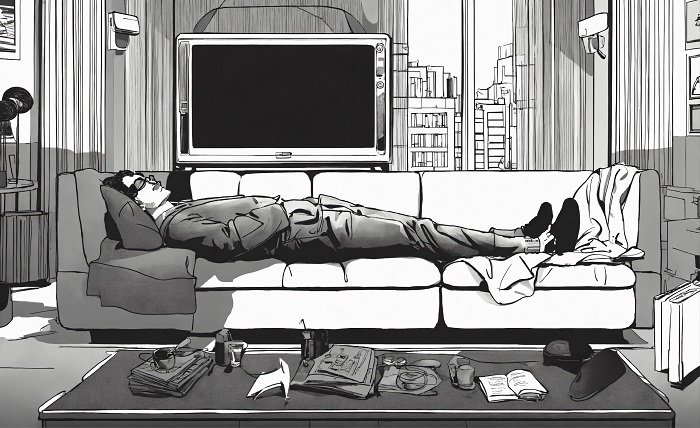
How Comparative Fault, Assumption of Risk, and Other Defenses Can Affect Your Case
San Bernardino County reported thousands of injury-causing crashes in a recent year alone, and a large portion of those happened right here in the city. The city also happens to be a part of California, which operates on a comparative fault system.
Here in San Bernardino, if you were even slightly responsible for the accident, the amount of compensation you can receive might go down. The system used in San Bernardino is specifically called pure comparative negligence, which means that even if you were 99% at fault, you could technically still recover 1% of the damages. Not ideal, but better than nothing.
Still, the lower your share of fault, the stronger your claim. That’s why proving exactly what happened and how little responsibility you had is key. Fortunately, you can always onboard a San Bernardino injury attorney who is trained to fight back when the other side tries to twist the story.
Assumption of Risk
Assumption of risk basically means the other party is saying you knew what you were getting into, and you chose to do it anyway. This kind of defense is especially common in cases involving recreational activities, most commonly trampoline parks, ziplining, gyms, and even amusement parks.
But the assumption of risk is neither a magic shield, nor does it give them a free pass. If the facility was run poorly, didn’t maintain equipment, or ignored obvious safety hazards, you still have a case. The risk you assumed didn’t include negligence on their part.
Other Defenses That Could Be Used Against You
Comparative fault and assumption of risk are the heavy hitters, but they’re not the only defenses that might show up. There are a few others that can catch you off guard if you’re not prepared.
They might say there was no negligence at all: Sometimes, the defense will argue that what happened wasn’t due to carelessness on their part. Maybe they’ll try to shift the blame to someone else, such as another driver, a third-party contractor, or even the weather.
They could bring up the statute of limitations: In California, you generally have deadlines to sue a person. For PI claims, you have two years from the date of your injury to file a personal injury lawsuit. If you miss that deadline, you usually lose your right to take legal action. And they will absolutely bring this up if you’re even one day late.
They might point to pre-existing conditions: If you’ve ever had a back injury or another health issue before the accident, the other side might say your pain isn’t from this incident; rather, it’s from something that happened years ago. That’s why having solid medical documentation is critical. You’ll need to show that your injuries are new or that the accident made an existing issue worse.
Why It All Matters to Your PI Case, and What You Can Do
When you’re recovering from an injury, the last thing you want to deal with is someone trying to shift the blame onto you. But unfortunately, that’s exactly what happens in many personal injury cases.
These defenses don’t mean you don’t have a case. They just mean you need to be ready to explain what really happened and back it up with facts, photos, documents, and sometimes even expert testimony. It’s all about showing where the blame truly lies and why it shouldn’t rest on your shoulders.
A good injury lawyer will know how to handle these tactics. They’ll know how to build your side of the story, bring in the right evidence, and challenge any weak arguments the defense tries to throw your way. You don’t have to carry the burden of proof all by yourself.
In Maryland, understanding the nuances of comparative fault and assumption of risk is crucial, especially when dealing with car accident claims. These defenses can significantly impact the outcome of your case, potentially reducing the compensation you might receive. For those navigating these complexities, consulting with experienced car injury law firms Baltimore can provide valuable insights into the average settlement expectations and help you build a robust case. By leveraging their expertise, you can better understand how these legal principles apply to your situation and work towards a favorable resolution.


